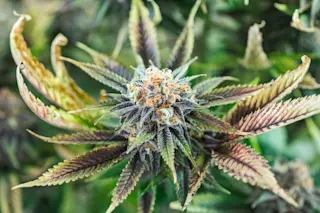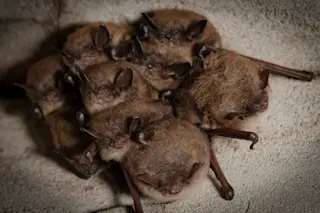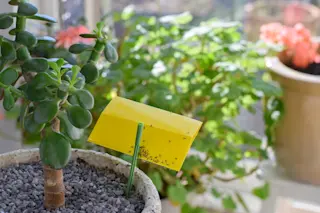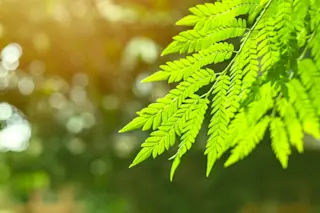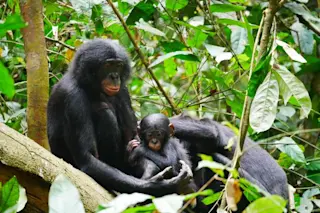1. Pot. Weed. Mary Jane. Sticky-icky. Nicknames aside, much of the world calls the psychotropic plant by its scientific name, cannabis, and — until the early 20th century — so did Americans.
2. About a hundred years ago, however, the term marijuana became common in the United States, the result of anti-cannabis, anti-immigrant advocates trying to link recreational use of the plant to migrant workers from Mexico.
3. The American groups rallying against both the plant and the people they distrusted borrowed a term — marihuana — that came to prominence first in Mexico.
4. The word marijuana and all its spelling variants, however, may not have Latin American roots. Some researchers have argued the word originated in China, where ma ren and ma hua refer to different parts of the plant.
5. Still other etymologists lobby for an Arabic origin of the word, which may have arrived in Mexico ...


